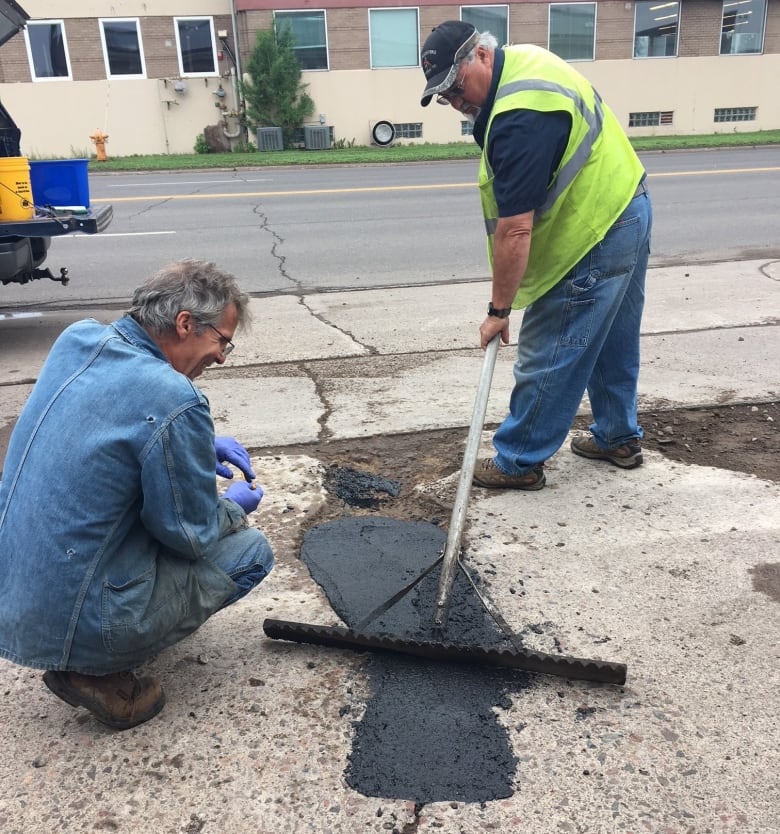Minnesota researchers say they're closing in on better pothole fill.
Apr 01, 2019 10:44AM ● By Editor
By Matt Prokopchuk of CBC News · April 1, 2019
Researchers in northern Minnesota say they're closing in on what could be a new solution to a common problem on area roads and highways, especially at this time of year.
Potholes.
The team at the University of Minnesota Duluth's Natural Resources Research Institute have been working for years on a new type of fill for the common driving hazard, said Larry Zanko, the senior research program manager. He added that their compound makes use of materials found in Minnesota's iron mining industry, including magnetite, one of the main iron ores.
"The ore is crushed here, it's concentrated using magnetic separation and the magnetite is what's separated out," Zanko said. "That's what's made into the final product."
Despite not being oil-based like asphalt, Zanko said their compound still adheres well to the common road-paving product. Some test patches in Minnesota, he said, have lasted over a year and others over two years.

"That's really what the maintenance crews look for, they don't want to be out there all the time doing the same hole," he said. "They would like to have a repair that lasts an entire season."
Still, he said, their product will only be so effective if the road itself is in really bad shape.
"Depending on the underlying pavement, that's almost an impossibility, I don't care what you put in it if the road is bad to begin with, it's ultimately going to fail."They've been supported, including financially, by the state's Department of Transportation on their research, he said; the team is also partnered with the City of Duluth, which allows them to use city streets for test sites for different formulas.
Researchers continue to tweak the formula, Zanko said, adding that they patented it several years ago and have been working with a company that could take it to market. If testing continues to be successful, he said, their objective is to get something out in about a year.
"Now we're to the point where we've settled on a ... good base formulation and now it's a matter of 'OK, any deficiencies that we see, what can we do to improve that?'"
"Then it's up to — not us — but somebody to commercialize that."

People say "there's got to be a better way," he continued.
"There are a lot of different pothole repair materials out there because it's a big problem all over the place ... this is just one opportunity or one product that could be one of the tools in a maintenance crew's toolbox."
To read the original article and see related reporting, follow this link to the CBC Thunder Bay website. https://www.cbc.ca/news/canada/thunder-bay/university-minnesota-pothole-repair-1.5077508

